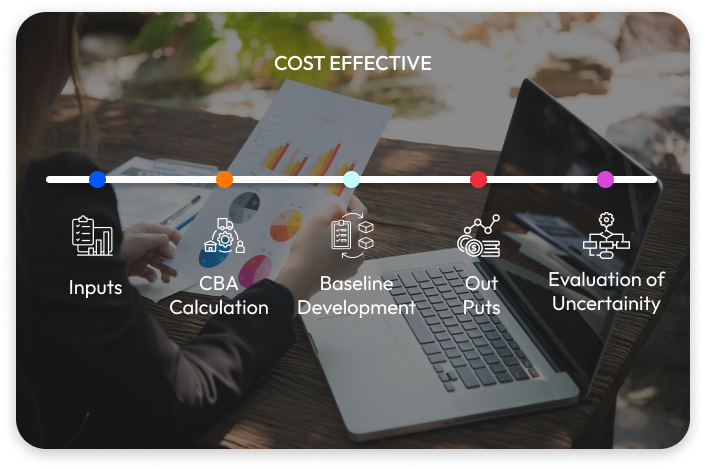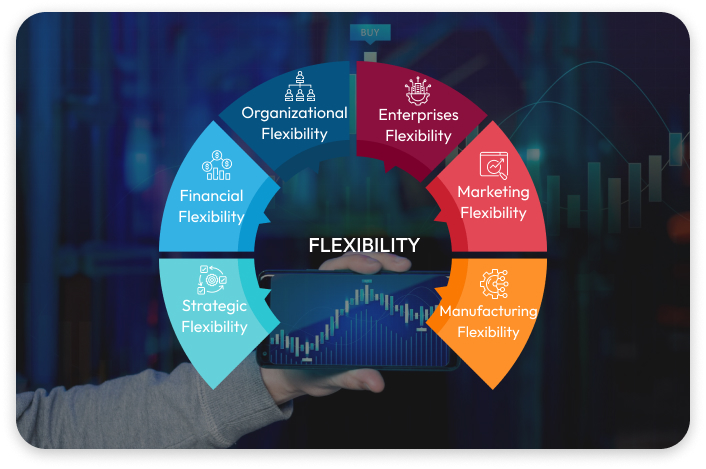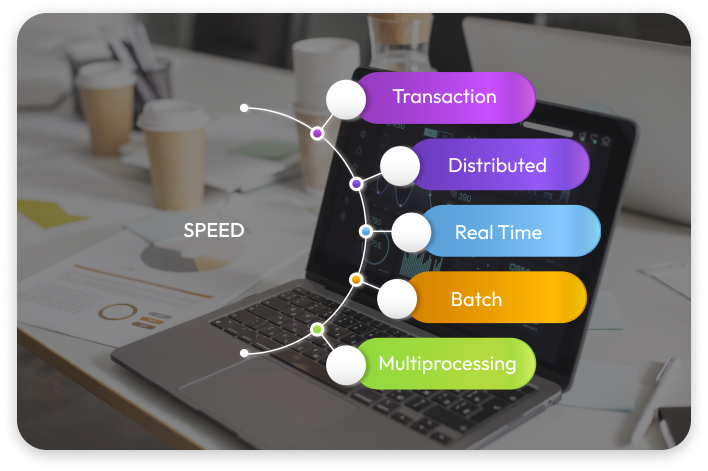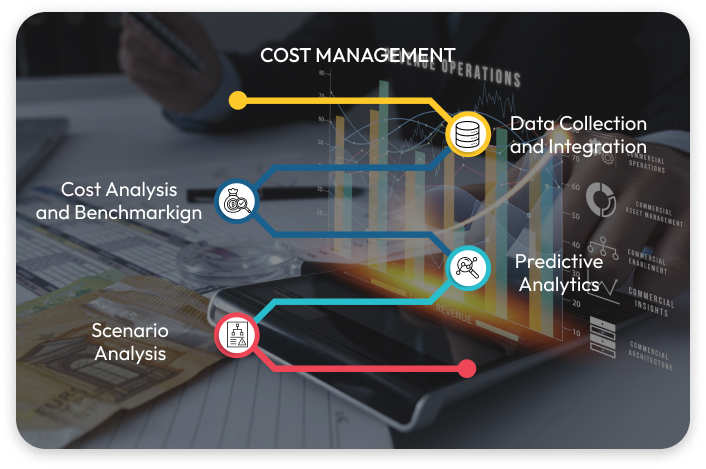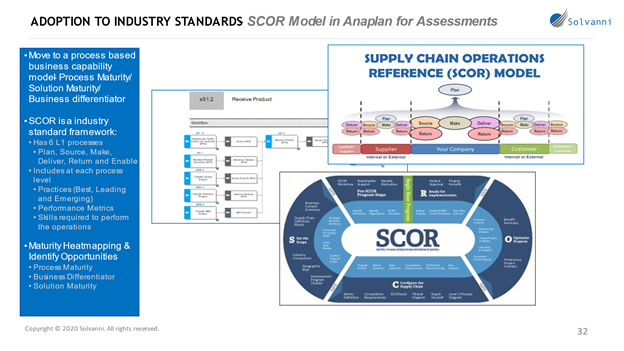What Is Retail Analytics?
Subheading: Retail analytics empowers retailers with essential data to make informed decisions on critical aspects of their business
Retail analytics utilizes software to gather and analyze data from various retail channels, including physical stores, online platforms, and catalog outlets. This process provides retailers with valuable insights into customer behavior and shopping trends. The application of predictive algorithms to internal sources like customer purchase histories and external repositories such as weather forecasts aids in making informed decisions about pricing, inventory, marketing, merchandising, and store operations.
Moreover, retail analytics plays a crucial role in measuring customer loyalty, identifying purchasing patterns, predicting demand, and optimizing store layouts. This optimization allows retailers to strategically place items on shelves based on their frequent pairing or offer personalized discounts to frequent shoppers. These strategies aim to increase average basket sizes and encourage more frequent visits, enhancing overall retail performance.
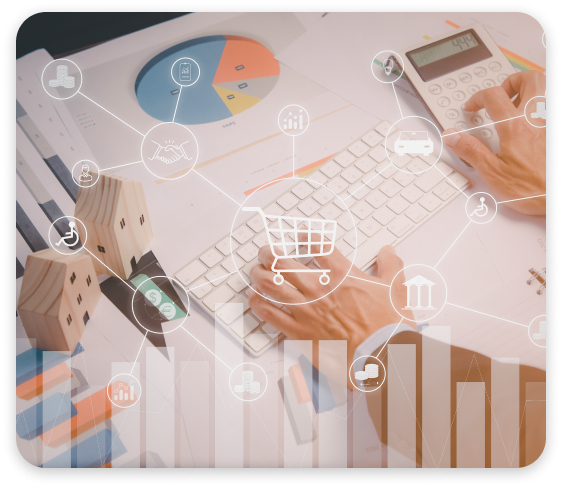
Types of Retail Data Analytics
Following are the types of Retail Data Analytics, serves a distinct purpose in harnessing data for retail decision-making, offering a comprehensive toolkit for understanding, analyzing, and shaping the trajectory of a retail business
Descriptive analytics
Descriptive analytics forms the cornerstone for advanced analytics types outlined in this list. It tackles fundamental questions such as "how many, when, where, and what"—the core components of basic business intelligence tools and dashboards that furnish weekly reports on sales and inventory levels.
Diagnostic analytics
Diagnostic analytics assists retail organizations in pinpointing and analyzing issues that might impede their performance. Through the amalgamation of data from diverse sources, including customer feedback, financial performance, and operational metrics, retailers attain a more holistic understanding of the underlying causes of the challenges they encounter.
Predictive analytics
Predictive analytics enables retailers to foresee future events by considering various variables, such as weather patterns, economic trends, supply chain disruptions, and emerging competitive pressures. This methodology frequently involves conducting what-if analyses, allowing retailers to visualize potential outcomes, such as the impact of offering a 10% discount versus a 15% discount on a product or estimating stock depletion based on a predefined set of possible actions.
Prescriptive analytics
Prescriptive analytics harnesses the synergy of AI and big data to leverage the insights derived from predictive analytics and recommend specific actions. In practice, prescriptive analytics can empower customer service agents with real-time suggestions, enabling them to offer personalized recommendations on the spot. This may involve proposing an upsell based on a customer's previous purchase history or suggesting a cross-sell to address a new customer inquiry.
Advantages of Retail Analytics

Retail analytics comprises tools employed by retailers to enhance revenue, minimize overhead and labor costs, and optimize profit margins. Some of the ways in which retail analytics achieves these objectives include:
- Mitigating stockouts and minimizing the necessity for discounts
- Enhancing personalization efforts
- Optimizing pricing strategies
- Strengthen product allocation strategies
Retail Analytics Tools
Retail analytics relies on data collected through various channels, encompassing both physical store locations and online platforms. The following are some of the tools utilized:








